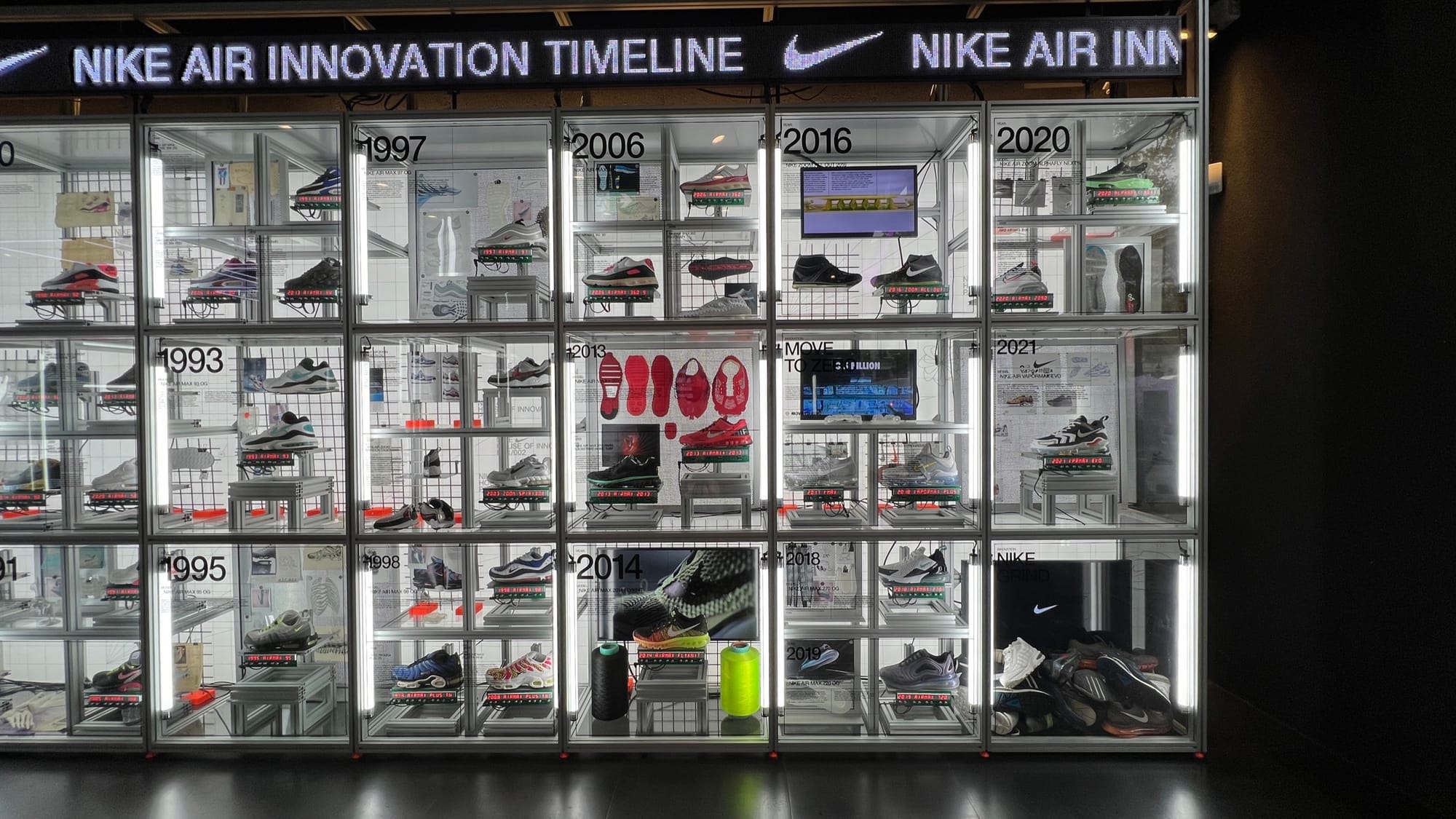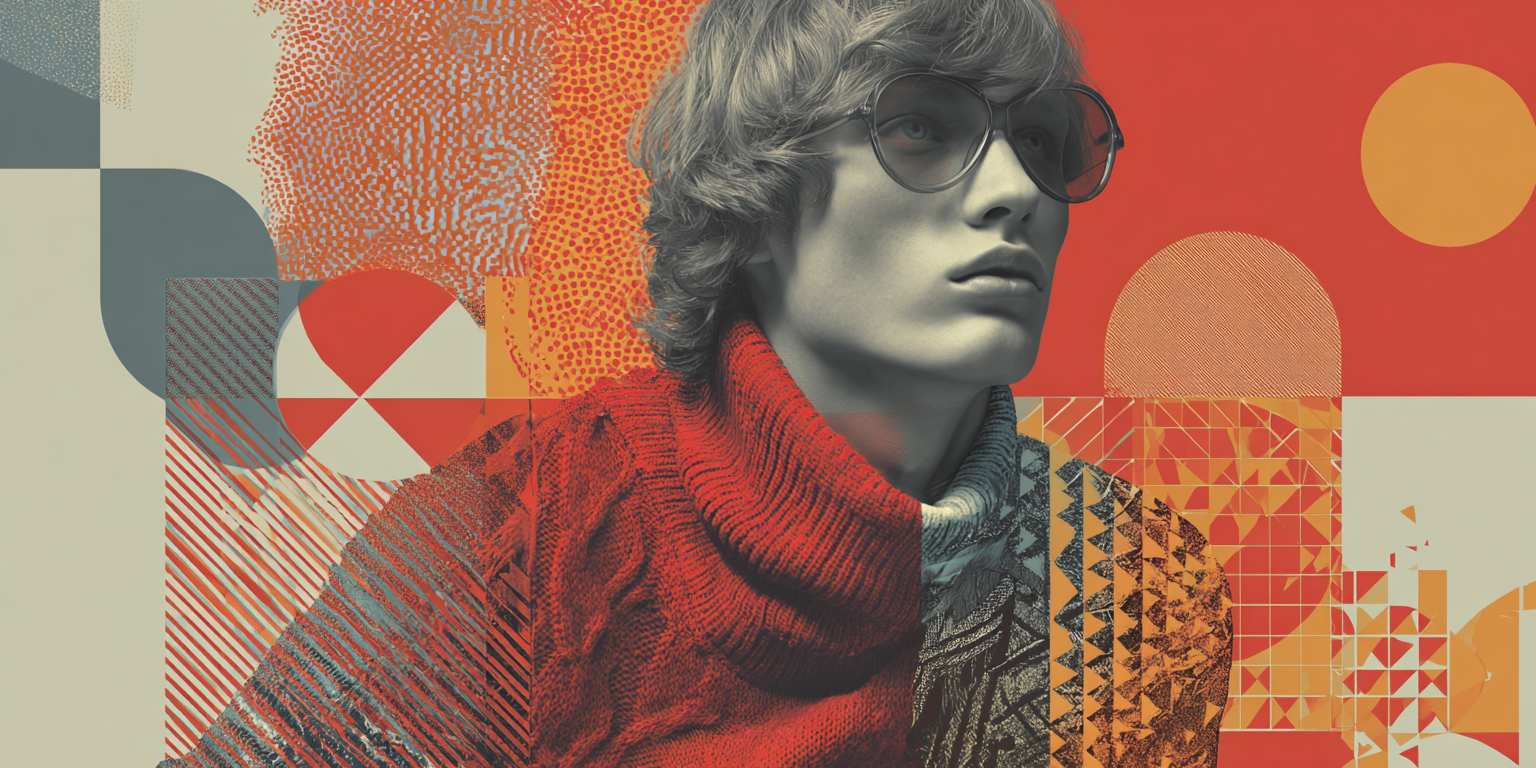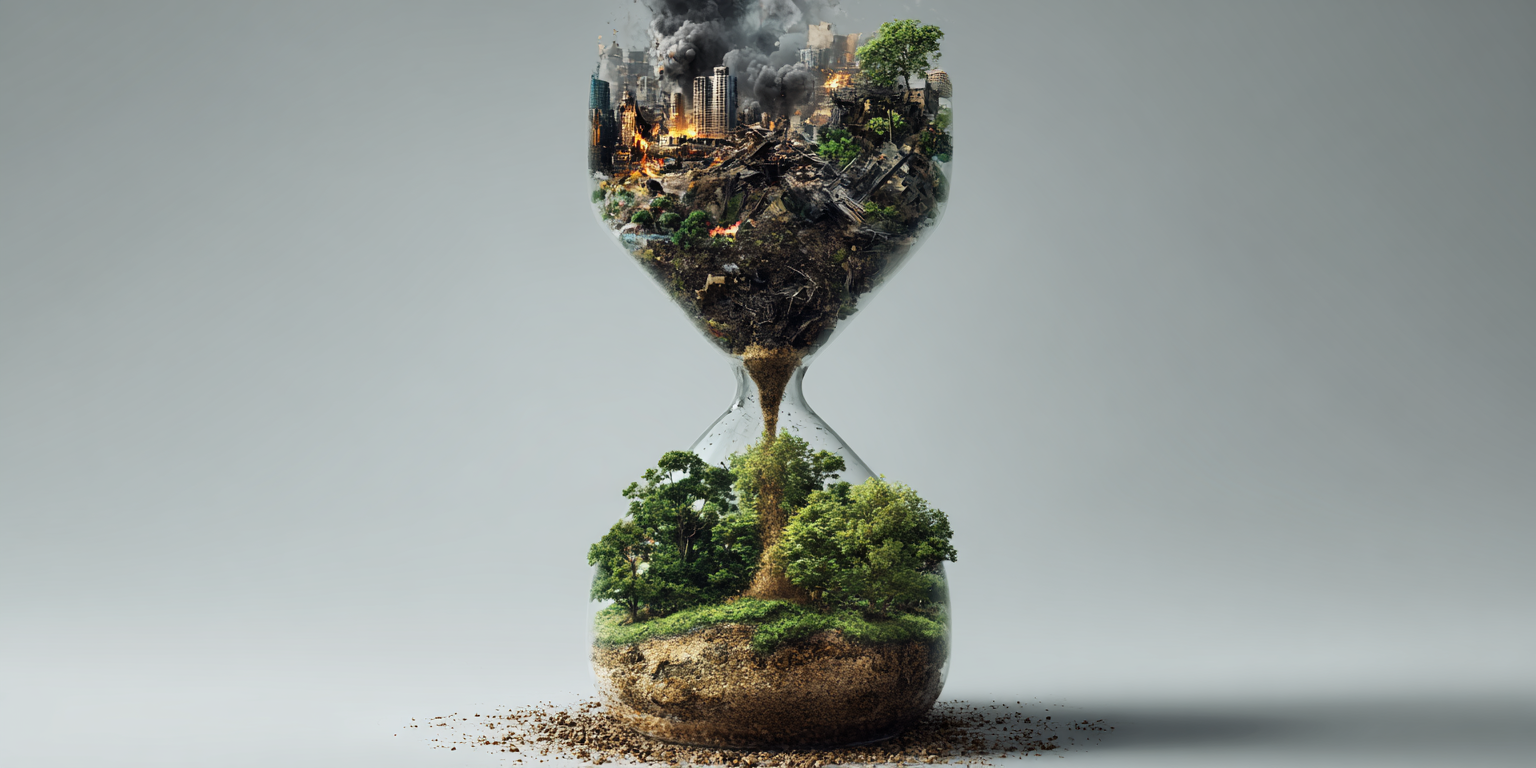The State Of Design Today – A Reflection




Design has always been a mirror. In the 20th century it reflected modernism’s obsession with clarity and progress. In the 2010s it mirrored the digital revolution, packaging convenience into screens and clicks. Now, in 2025, design isn’t just a reflection — it’s the operating system for how businesses grow, how cultures shift, and how societies adapt to pressure.
Design is no longer “the final layer of polish.” It’s strategy. It always was, but then again, it wasn't. I am not a trained designer, although I identify as one. Why? Because as a brand and business strategist, I always felt what I did was designing brands and businesses, but in a more abstract, strategic and conceptual way. I might not be great at moving pixels or moving a brush, but I still consider myself a really good designer. Design, like strategy, involves envisioning a better future. It starts with the thinking part, and without it, design brings little value.
Design is much more useful as a verb, not just a noun. It’s how brands earn trust, how systems deliver efficiency, and how entrepreneurs carve unfair advantage in saturated markets. And just as importantly, design is under siege and opportunity at the same time: artificial intelligence is swallowing execution, consumer expectations are escalating, and the boundaries between disciplines are dissolving.
Design is a field undergoing its most radical shift since the rise of the digital interface.
AI is the biggest disruptor since Photoshop, and this time it’s eating not just the craft but the process. Figma now generates wireframes from prompts. Photoshop erases and fills at the click of a button. Canva, once dismissed as “design for non-designers,” is now an AI-powered creative platform with billions of uses.
For designers, this is both existential threat and golden opportunity. The bad news: execution is now cheap and abundant. The good news: judgment is more valuable than ever. The designer of the future isn’t paid for pushing pixels — they’re paid for knowing which pixels matter, and why.
Agencies and studios that embrace AI as leverage — not as competition — are already pulling ahead. “One designer + AI” can outperform teams of five. The economics are brutal but brilliant: margins increase as execution costs fall. The ones who lose are those still selling deliverables instead of outcomes.
Remember when “UX” was the hottest acronym in business? Everyone wanted wireframes, user flows, personas. Then growth hackers moved in, and UX became shorthand for conversion optimization. What once promised empathy now mostly delivered slightly bigger “Buy Now” buttons.
But consumers never lived inside a wireframe. They live across journeys — scrolling TikTok, opening boxes, calling support, walking into stores. Experience design is the new frontier. Nike’s House of Innovation stores seamlessly connect retail and digital personalization, boosting mobile-driven sales triple digits. Although, on a personal note, last time visited one in Paris (a few months ago), it felt a bit empty, as if its past its prime. I hope not.

What is next?
Airbnb’s design residency programs embed creativity deep into culture, not just product.
The evidence is irrefutable: McKinsey’s Design Index shows companies with integrated design outperform industry peers by 2x in revenue growth. Interfaces have become commodities. Experiences are the moats.
Minimalism became the lingua franca of the 2010s. Apple. Airbnb. The endless wave of DTC brands selling sans-serif calm and neutral packaging. The problem? When everyone zigs, zigging is invisible.
Enter 2025’s paradox: Minimalist Maximalism. Keep it clean, but add a punch. Spotify Wrapped’s neon explosions. Glossier’s pink bubble-wrap mailers. Aesop’s sterile bottles paired with rich in-store storytelling.
This isn’t trend-chasing — it’s cultural physics. Minimalism ensures usability; maximalism ensures memorability. Combine both and you get distinctive clarity, the most valuable commodity in a feed-saturated world.
Inclusive design is no longer a checkbox; it’s a market-making strategy. The disability community represents 1.3 billion people and $8 trillion in spending power. The over-50s hold more than half of Western wealth. Brands that ignore inclusivity aren’t being “efficient.” They’re being financially illiterate.
Microsoft’s Adaptive Accessories turned accessibility into universally better tools. Fenty Beauty launched with 40 foundation shades, generated $100M in 40 days, and redefined an entire industry. Inclusion creates growth because it designs for the edges — and what works at the edges often delights the center.
The old view: inclusivity is expensive. The new reality: inclusivity is profitable.
The age of the specialist is fading. The designer of the 2020s is a polymath: deep in two fields, fluent in many. They’re as comfortable sketching a prototype as they are presenting a strategy deck, analyzing data, or building an AI prompt library.
IDEO has been hiring anthropologists and economists for years. Bjarke Ingels sells architectural projects as cultural narratives, not just buildings. LinkedIn reports “hybrid design roles” are growing 20% YoY while narrow design titles stagnate.
Why? Because polymaths bridge silos. They translate between design, business, and technology. They don’t just make — they orchestrate. And in a world where AI does the making, orchestration is priceless.

“Human-centered design” has had a good run. But it’s too small for the challenges of the 21st century. The new horizon is planet-centered design. It asks not just “what does the user want?” but “what does the planet need?”
Selfridges’ Project Earth reimagined retail with rental, resale, and repair baked in. Philips Lighting shifted to “light as a service,” reducing waste and creating recurring revenue. Patagonia embedded regeneration into its supply chain. McKinsey reports companies that design with sustainability in mind can cut costs by 20% while improving resilience.
Consumers see through greenwashing. What they want — and reward — is systemic sustainability that’s visible, measurable, and lived. Designing for the planet isn’t a CSR line item. It’s the new business model.

If there’s a single throughline across AI, inclusivity, polymaths, and sustainability, it’s this: design is no longer a department. It’s an operating system.
The most progressive companies — Airbnb, Patagonia, Nike, IDEO — don’t “do design.” They run on design. It shapes culture, strategy, operations, and brand all at once. Design is no longer about outputs (a chair, an app, a logo). It’s about systems: the invisible frameworks that determine whether a company is loved, trusted, and chosen.
The implication for entrepreneurs and agency leaders is profound: stop selling “design services” and start selling design intelligence. Your value isn’t in the artifacts you produce but in the futures you make possible.
Design in 2025 and beyond is paradoxical: more automated and more human; more systemic and more personal; more complex and more necessary than ever.
The designers who win won’t be the ones with the prettiest portfolios. They’ll be the ones who:
In short: the ones who understand that design is no longer decoration. It’s destiny.
Bottom Line: In the next decade, the companies that treat design as their operating system will outthink, outpace, and outlast those that treat it as a service.
Tobias Dahlberg
psst. If you like this, you'll love The Brief+ our subscription that gives you daily and weekly briefs, + our archives. We add 25+ articles per week.